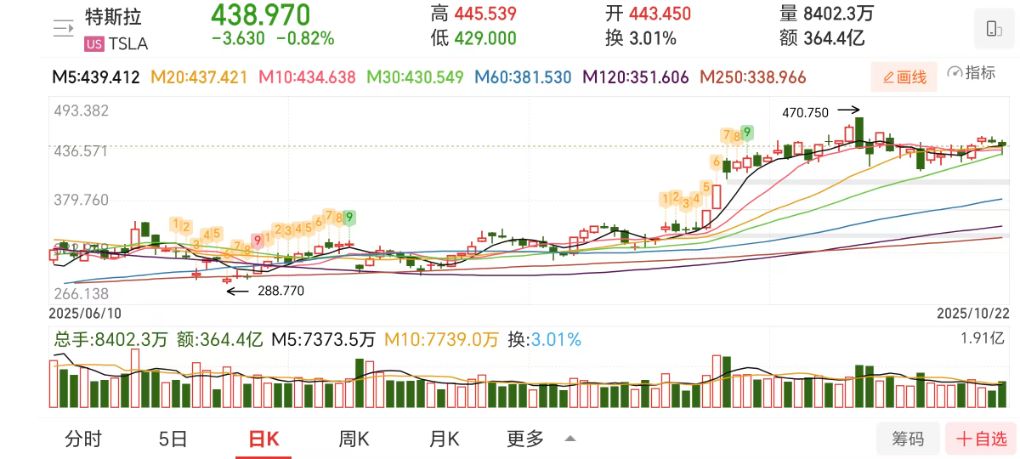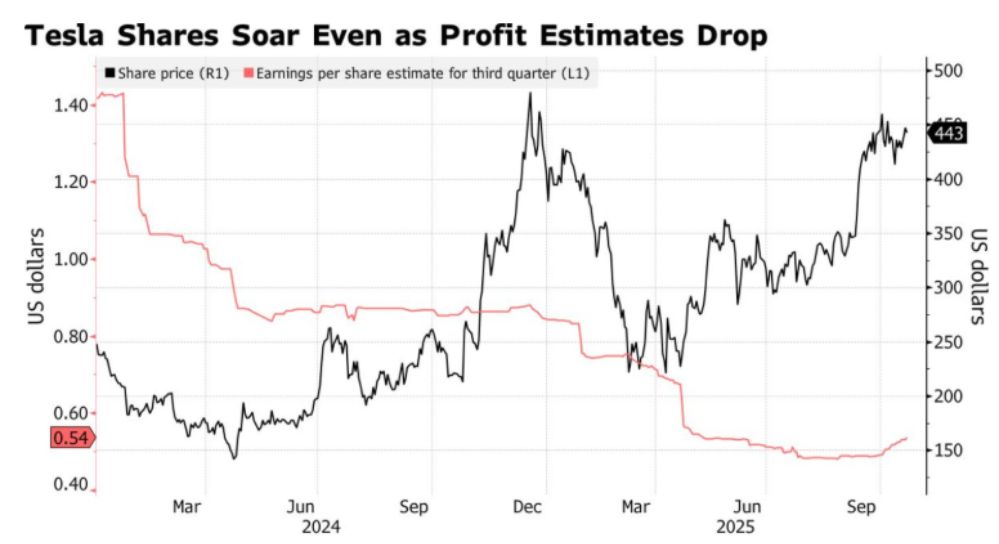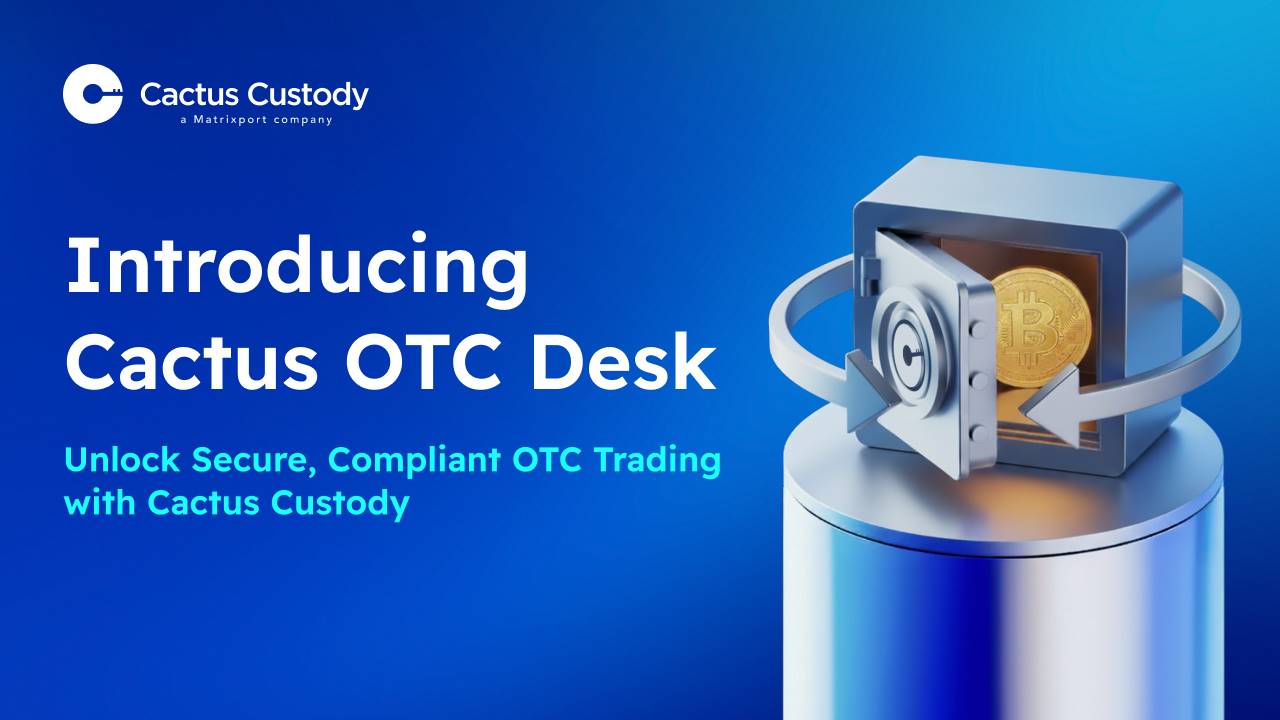The financial reports of tech giants serve as a mirror, not only reflecting the health of the companies themselves but also refracting changes in global capital flows and risk appetite. This week, the US stock market ushers in a “super earnings week,” with tech giants such as Tesla, Intel, and Amazon intensively releasing their results, effectively becoming a barometer for global risk assets.
Tesla’s Q3 earnings report, released on the morning of October 23, showed that although revenue hit a record $28.1 billion, net profit plummeted 37% year-on-year, and adjusted earnings per share missed expectations. This data triggered a nearly 1% drop in after-hours trading, with the market expressing concern over the electric vehicle giant’s AI and robotics vision facing the harsh realities of the auto industry.

I. Overview of Earnings Week
This week, the US stock market welcomes a batch of heavyweight tech companies’ earnings releases, which are seen as key events influencing the trajectory of global risk assets.
● According to financial media statistics, Netflix and Texas Instruments released their earnings on October 21, while Tesla, IBM, Lam Research, and KLA reported results on October 22.
● Soon after, Amazon and Intel disclosed their financial data on October 23. The views of these companies on changes in capital expenditures by major cloud service providers and their forecasts for AI investment returns are closely watched by global investors.
Company | Earnings Status/Date | Core Performance Overview | Market Expectations & Outlook | Stock Price Reaction/Market Focus |
Microsoft (MSFT) | Released (FY2025 Q3) | Revenue $70.07 billion (YoY +13.3%, beat expectations) | AI services contributed significantly to Azure’s growth. The company expects Azure’s growth rate to reach 34%-35% next quarter. | Stock price surged after the report, with strong market confidence in AI-driven growth. |
Net profit $25.82 billion (YoY +17.7%) | ||||
Intelligent Cloud revenue $26.75 billion (YoY +21%), with Azure up 33% | ||||
Tesla (TSLA) | Released (FY2025 Q3) | Revenue $28.1 billion (YoY +12%, beat expectations) | The main reason for profit decline is EV price cuts and a sharp increase in operating expenses. The market is concerned whether demand can be sustained after tax credit policies expire. | After-hours stock price dropped over 3%. Investors focus on its AI, Robotaxi strategy, and new product plans. |
Net profit $1.37 billion (YoY -37%) | ||||
Vehicle deliveries 497,000 (record high) | ||||
Apple (AAPL) | Expected October 30 | The market expects revenue and EPS to exceed consensus expectations. | Goldman Sachs maintains “Buy” rating, expects strong demand for iPhone 17 series, and resilient services business. | Market focuses on actual sales performance of iPhone 17 and company’s guidance for future demand. |
Amazon (AMZN) | Expected October 29 | Market expects revenue to be at the upper end of company guidance, up about 11.83% YoY. | Citi expects results to beat expectations. Focus is on AWS cloud business growth under AI demand and high-margin advertising business supporting profits. | Market worries that AWS capex and depreciation may suppress short-term margins. |
Google (GOOGL) | Upcoming | Market expects revenue of $86 billion, EPS of $2.17. | BofA raises target price to $280, optimistic that ad spending recovery will offset some search traffic declines. | Management’s Q4 outlook will be key to short-term stock price movement. |
Meta (META) | Q3 outlook released (July) | Previous Q3 revenue outlook exceeded expectations. | - | - |
● The US federal government’s delayed release of September CPI (Consumer Price Index) due to the shutdown is also confirmed for October 24. Coupled with the intensive earnings releases, this week becomes a critical market juncture.
Analysts point out that although major US stock indices closed higher overall last week, there were multiple sharp intraday swings, with market sentiment oscillating between optimism and caution, making short-term trading much more difficult.
II. Tesla’s Performance
Among the tech giants that have released earnings, Tesla’s performance is particularly noteworthy. The company’s Q3 earnings report, released on the morning of October 23 (GMT+8), showed

its revenue grew 12% year-on-year to $28.1 billion, higher than Wall Street’s expectation of $26.3 billion.
However, beneath this report card lies a profound crisis. Tesla’s Q3 net profit plunged 37%, dropping from $2.17 billion in the same period last year to $1.37 billion.
Adjusted earnings per share were $0.50, not only missing Wall Street’s expectation of $0.54, but also down 31% year-on-year.
The main reasons for this predicament include lower EV prices and a 50% surge in operating expenses. Tesla stated that part of the increase in operating expenses came from investments in artificial intelligence and “other R&D projects.”
By the end of Q3, Tesla’s automotive regulatory credit revenue unexpectedly fell 44%, from $739 million to $417 million, further squeezing profit margins.
III. AI Narrative vs. Reality
An intriguing phenomenon in Tesla’s earnings is: despite the company’s emphasis on its future vision of artificial intelligence, Robotaxi, and humanoid robot Optimus, the capital markets seem to be losing patience. Tesla’s stock price fell nearly 1% in after-hours trading following the earnings release.
● Garrett Nelson, senior equity research analyst at CFRA, said: “We are entering a period full of questions about Tesla’s near- and mid-term earnings growth trajectory.”
● Dec Mullarkey, Managing Director at SLC Management, was even more blunt: “There’s not much here to excite investors. Tesla’s earnings and margins are still below average and may stagnate for a while.”
The market is showing concern over Tesla’s growth narrative.
● On one hand, the rollout of its fully autonomous driving system based on AI supercomputing is slow—Tesla’s CFO revealed that customers paying for FSD Supervised account for only 12% of Tesla’s current fleet.
● On the other hand, Tesla’s biggest growth engine is not its automotive business, but its energy generation and storage business—revenue from this segment jumped 44% to $3.42 billion.

IV. Outlook for Other Tech Giants
Beyond Tesla, the performance and outlook of other tech giants are also closely watched by the market.
● Microsoft shows strong performance in AI and cloud business, with its FY2026 Q1 revenue expected to reach $77 billion, up 18.2% year-on-year.
BofA Securities reiterated its “Buy” rating on Microsoft and set a target price of $640, noting that increased confidence in higher capital expenditures is a driver for future earnings.
● Intel and Nvidia reached an “epic” partnership, with the latter investing $5 billion. After the news, Intel’s stock price rose a cumulative 53.09%.
In addition, Intel also received an $8.9 billion investment from the US government, highlighting its strategic position in the chip industry.
● Google will announce its Q3 results on October 29. BofA released a research report reiterating its “Buy” rating on Google and raised the target price from $252 to $280.
BofA expects Google’s Q3 earnings to beat market expectations, with revenue expected to reach $86 billion and search business YoY growth at 12%, higher than the market’s 11% expectation.
V. Transmission to the Crypto Market
The impact of tech stock earnings on the crypto market is mainly reflected in four dimensions:
● Transmission of risk sentiment. The quality of tech giants’ earnings directly affects market risk appetite, which in turn transmits to the crypto market. AiCoin historical data shows that the correlation coefficient between bitcoin and the Nasdaq index averages 0.75.
In Q2 2020, Apple and Microsoft’s better-than-expected earnings drove the Nasdaq up 6.8%, and bitcoin soared 20%, breaking through the $10,000 mark.
● Intersection of AI and blockchain. Tech giants’ AI investments and blockchain infrastructure have potential synergies. In 2025, the seven major tech giants’ AI investments are expected to reach $331 billion, which may drive blockchain infrastructure construction, such as on-chain AI models and decentralized computing power markets.
● Changes in liquidity expectations. Strong economic and earnings data may delay Fed rate cuts and tighten liquidity, putting pressure on risk assets. Conversely, weak data may reinforce rate cut expectations. At present, it is widely believed that the Fed will cut rates at the end of this month, which is almost a foregone conclusion.
● Competition for capital flows. When US earnings season is exceptionally strong, it may attract global capital allocation, temporarily weakening the appeal of the crypto market. Conversely, if US stocks perform poorly, some funds may seek alternative investment channels such as the crypto market.
VI. Risks and Opportunities
During this earnings week, investors need to be alert to several potential risks.
● The gap between high valuations of tech stocks and actual performance. Taking Tesla as an example, the market’s divergence between its long-term AI and robotics narrative and the current decline in automotive business performance is widening.
● Uncertainty in macroeconomic policy. Although the probability of a Fed rate cut in October is high, the September CPI data, delayed to October 24 due to the government shutdown, may bring unexpected volatility. Wells Fargo estimates that due to rising oil prices, the annual increase in September CPI will rise from 2.9% in August to 3.1%, a 16-month high.
● Semiconductor tariff policy. The Trump administration’s semiconductor tariff policy may push up chip costs, affecting bitcoin mining hardware and blockchain infrastructure. The earnings of Intel, Broadcom, and Nvidia will reflect supply chain pressures, which may increase the cost of bitcoin mining hardware and blockchain servers.
Investors should closely monitor two dynamics:
● AI investment returns of tech giants. Whether companies like Microsoft and Google can turn their massive AI investments into tangible performance growth will affect market confidence in the tech sector and even all risk assets.
● The Fed’s policy path and macroeconomic data. The September CPI data to be released this Friday, as well as the Fed’s rate decision at the end of the month, will provide clearer direction for market liquidity expectations.



